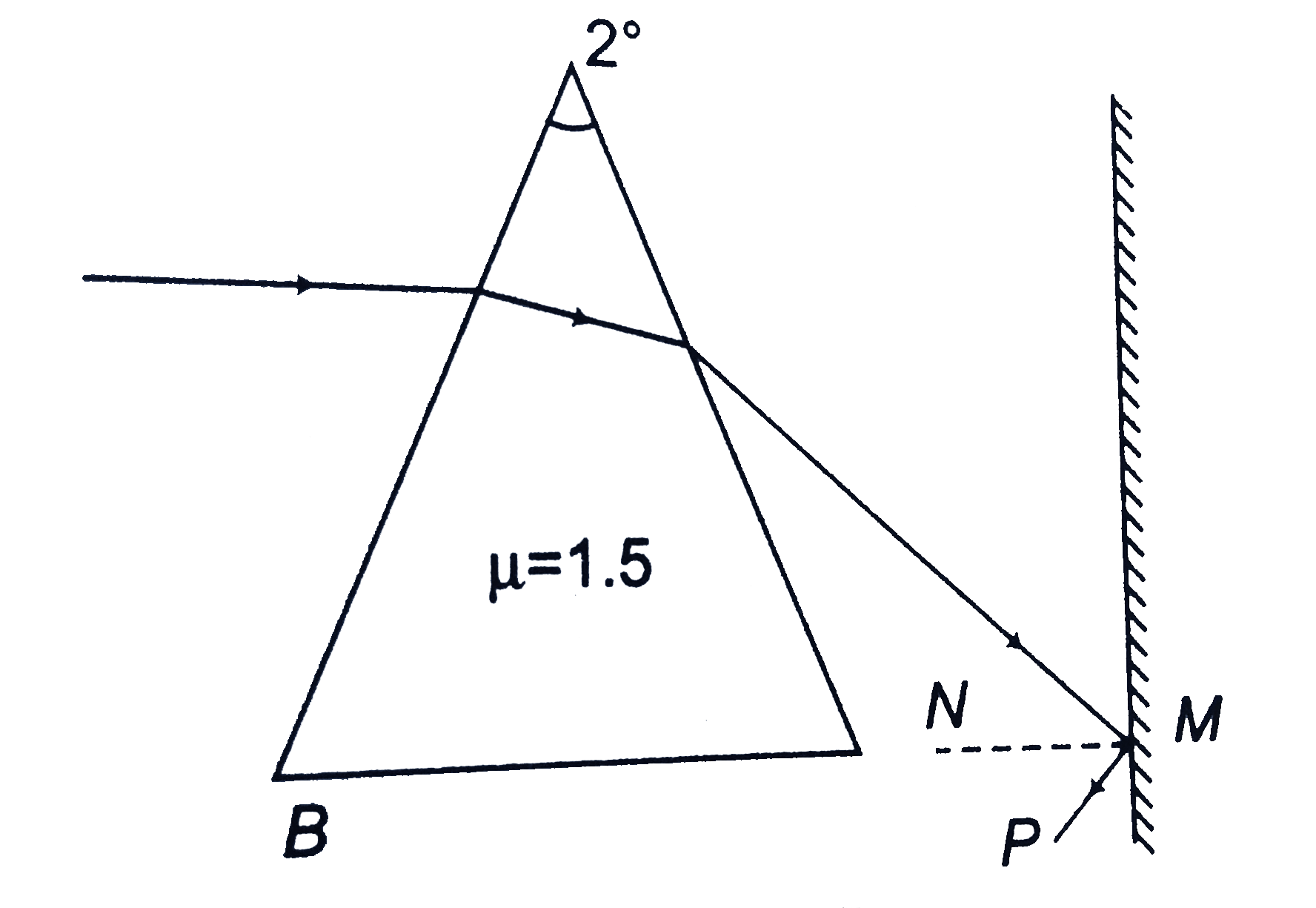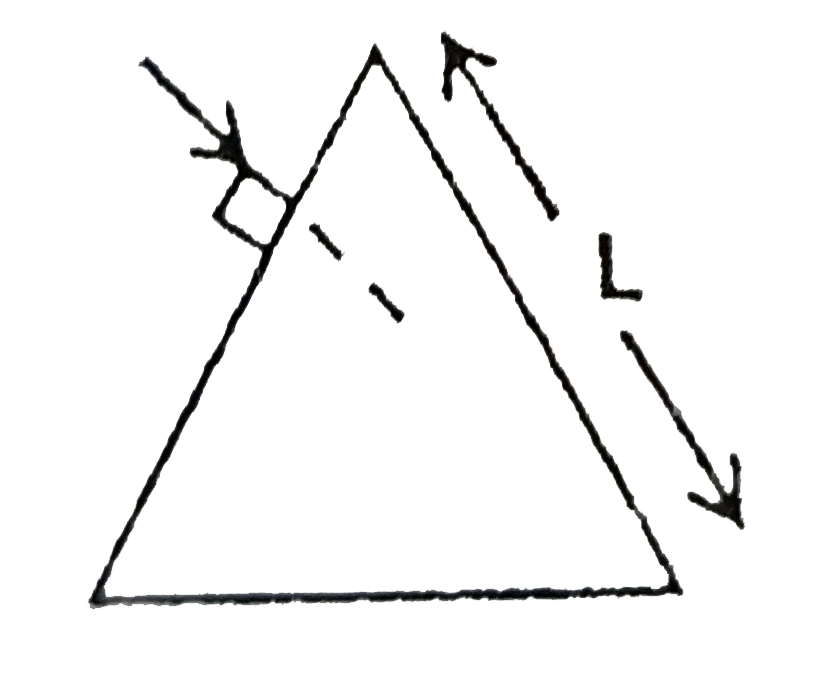Path taken in the eye ball by light rays is
cornea → conjunctiva → aqueous humour → lens (through pupil) → vitreous humours → retina
conjunctiva→ cornea → lens (through pupil) → aqueous humour → vitreous homour → retina
conjunctiva → cornea → vitreous humour → lens (through pupil)→ aqueous humour → retina
conjunctiva → cornea → aqueous humour lens (through pupil) → vitreous humour → retina.
The correct Answer is:D
Step by step video & text solution for Path taken in the eye ball by light rays is by Biology experts to help you in doubts & scoring excellent marks in Class 12 exams.
Updated on:21/07/2023Similar Questions
In the shown figure, mirror is rotated by an angle theta. Find theta if

ray of light retraces its path after reflection from M
ray of light MP turns in the direction of MN.
View SolutionQ."4 A light ray travels in a glass slab of refractive index μ=2 .Find the time taken by the light ray to travel in the glass slab for a distance of 20√3d(Velocity of light =c )
View Solution
Knowledge Check
What is the correct sequence of the parts of the eye that the light rays cross in reaching the retina
APupil → cornea → aqueous humour → lens → vitreous homourBLens → cornea → aqueous humour → viterous humour → pupilCAqueous humour → viterous humour → cornea →pupil → lensDCornea → aquous humour → pupil → lens → vitreous humourWhat is the correct sequence of the parts of the eye that the light rays cross in reaching the retina
APupil → Cornea → aqueous humour → lens → vitreous humourBLens → cornea → aqueous humour → vitreous humour → pupilCAqueous humour → vitreous humour → cornea → pupil → lensDCornea → aqueous humour → pupil → lens → vitreous humourThe tissue that attaches the eye balls to the bones is ________
AcartilageBtendonsCligamentsDnerves
A ray of light travelling with a speed c leaves point 1 shown in figure and is reflected to point 2. The ray strikes the reflecting surface at a distance x from point 1. According to Fermat's principle of least time, among all possible paths between two points , the one actually taken by a ray of light is that for which the time taken is the least (In fact there are some cases in which the time taken by a ray is maximum rather than a minimum).
_S01_058_Q01.png)
Find the time for the ray to reach from point 1 to point 2.
View SolutionA light ray incidents at an angle 'i' on a plane mirror and undergoes reflection. Arrange the following steps in sequential order to calculate the angle of deviation of the light ray.
(A) The angle between the incident ray and the extended light ray is 180∘ (B) In case of reflection, the angle of incidence (i) is equal to the angle of reflection (r). Then, the angle between the incident ray and the reflected ray is 2i. (C) Draw an imaginary line, extending the incident light ray, which represents the actual path of the light ray. (D) The angle of deviation is the angle between the reflected light ray and the actual path of the light ray, i.e., 180∘−2i
View SolutionA light ray incidents at an angle 'l' on a plane mirror and undergoes reflection. Arrange the following steps in sequential order to calculate the angle of deviatino of the light ray.
The angle between the incident ray and the extended light ray is 180∘.
In case of reflection, the angle of incidence (i) is equal to the angle of reflection (r). Then the angle between the incident ray and the reflected ray is 2i.
Draw an imaginary line, extending the incident light ray, which reprsesnts the actual path of the light ray.
The angle of deviation is the angle between the reflected light ray and the actual path of the light ray, i.e., 180∘−2i.
View SolutionA ray of light passes through a glass plate of thickness and refractive indexμ if the speed of light in vacuum is c,then the time taken by light in passing through the plate will be-
View SolutionThere is a equilateral prism of refractive index 3 on which a light ray is incident normally on one face as shown in the figure. Find the length of the path traveled by the light ray inside the prism.

View Solution